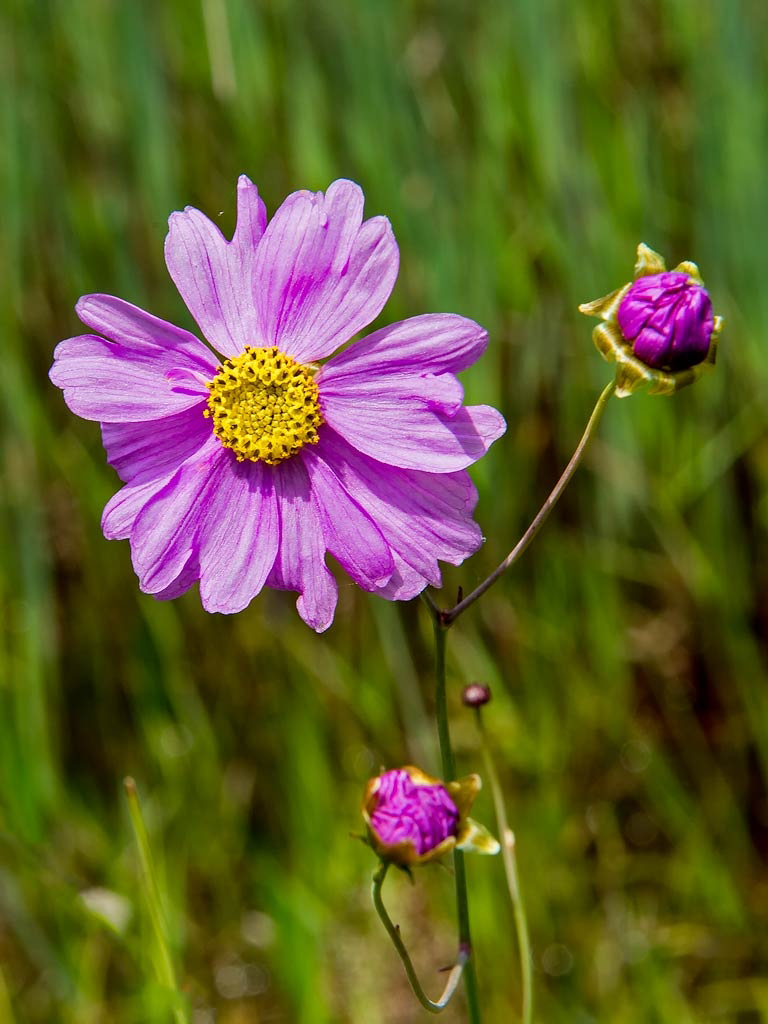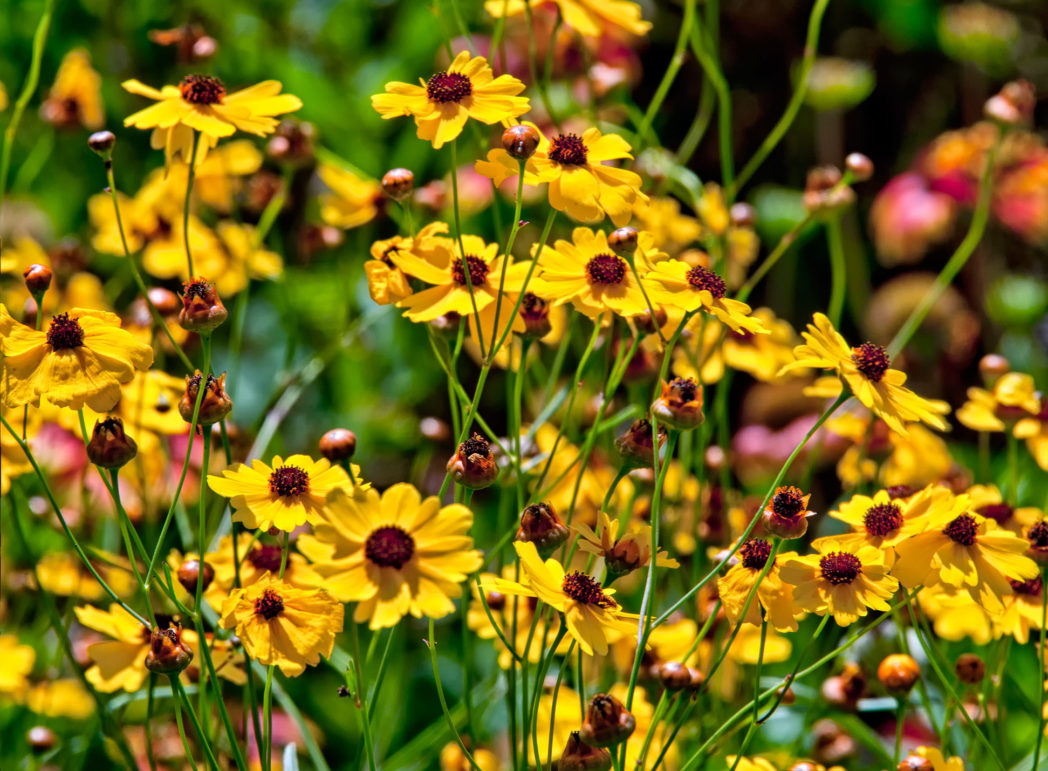Wildflower Photography: Vince Lamb helps you get the picture
Pictured above: Leavenworth’s tickseed (Coreopsis leavenworthii) by Vince Lamb
Vince Lamb is a Florida native and a true activist who champions our Florida environment through his participation in numerous groups and committees. But his talent truly shines as a nature photographer documenting Florida plants, places and wildlife. He enjoys finding rare and endangered species that most people are unlikely to see, and his artistic images help heighten public awareness for conservation. His photography workshops have helped others to hone their skills. We asked Claudia Larsen to talk with Vince to get pointers on how to take that perfect wildflower photo.
Fresh new flowers emerging in spring encourage us to capture their beauty through photography. What are some of you favorite places for photographing Florida wildflowers?
Wildflowers are wonderfully easy to find in Florida during most of the year. I enjoy searching any conservation land or state park to see what is blooming. Finding rare and unusual plants requires more effort. I love to visit the Fakahatchee Strand Preserve State Park for orchids and bromeliads. I recently visited the Apalachicola National Forest in the Eastern Panhandle and found breathtaking wildflowers.
Do you use more than one camera?
I often want to capture close-up images of one flower and also show flowers with the surrounding environment. I usually carry one camera with a macro lens and another with a wide-angle zoom lens to be ready for both kinds of shots.
Do you use a tripod?
I should use my tripod more than I do. Some of my best images were taken with the camera on a tripod. However, I like to take shots from a variety of angles, including low ones that are hard to get with a tripod. Using a tripod, you are less likely to move as much and get the variety of angles that you will shoot without a tripod.
What do you find to be the biggest challenges of shooting wildflowers?
A big challenge is avoiding cluttered backgrounds. A stem or dead leaf behind a beautiful flower creates an ugly distraction in your image. A cloth backdrop is one option but it takes some of the natural appearance away from your image. Try different angles to avoid distracting backgrounds.
Why is it hard to capture the true colors of blue or pink flowers?
Color shifts are common in photography — including digital. The flower that you remember as pink can appear lavender in an image. The good news is that you can adjust the hue and saturation in Photoshop or other image editors to correct the colors. Another common issue is that the colors often shift when images are printed. What you saw on the screen can be quite different in print. Again, adjustments in Photoshop or other software may be needed to yield the colors you recall seeing.
What are the advantages of shooting in the morning or late afternoons?
The lower light intensity early or late in the day produces a higher dynamic range. In bright light, details are lost in either the whites or the blacks, depending upon your camera settings. With lower light, textures and other details are preserved across the range of light.
Do you ever shoot black and white?
Most digital cameras always record images in color. Photoshop and other tools allow images to be easily converted to black and white. Sliders are provided to allow the blues, reds or greens to be darkened or lightened in the black and white image. Wildflower images need a lot of drama in black and white to offset the loss of color. I have processed some wildflower images in black and white that I like, but I usually prefer to use the color version.

Can you share any tips on shooting an overview of a garden? Sometimes the picture doesn’t capture the beauty that the eye sees.
Most of us like images that reflect simplicity, and many garden shots are far from simple. Images that feature a subject are often appealing. The subject could be a garden gate or even a single flower. Leading lines, like a curving path, can add interest to a garden shot.
Do you prefer shooting wildflowers on a cloudy day or a sunny day?
Close up shots of wildflowers show more details and often have better color under the diffused light of a cloudy sky. Landscape shots under cloudy skies are usually disappointing.
After shooting wildflowers throughout spring, summer and fall, is there a good way to organize all the dozens (or maybe hundreds) of pictures you have so you can conveniently store them on your computer?
I wish I could find the time to catalog all of my images in Adobe Lightroom or a similar product. I have partially completed that task several times. When I download images from my camera, I organize the images by date using folder names like “20130415 Apalachicola National Forest Wildflowers” to indicate the location and subject. When I edit any image, I will name the saved file to append the subject name. When I want to find an image of a swamp tickseed, I just try to recall when and where I took the shot.
Do you like to enhance your photos with Photoshop or make artistic versions with different color variations?
I use Photoshop on every image to make adjustments, usually small, to exposure, blacks, sharpness and color saturation. After spending many hours experimenting with artistic effects, I was unable to find any effects that I prefer to images that reflect nature.
Is there anything else you would like to mention for our readers?
Improving our nature photography skills can be a lifelong quest. Closely examine the work of other nature photographers to see why their images have strong impact. Critically examine your photos to get ideas for improvement. Digital “film” is free, so take lots of shots from varying angles and light directions. Enjoy every minute that you spend capturing images of beautiful wildflowers.

